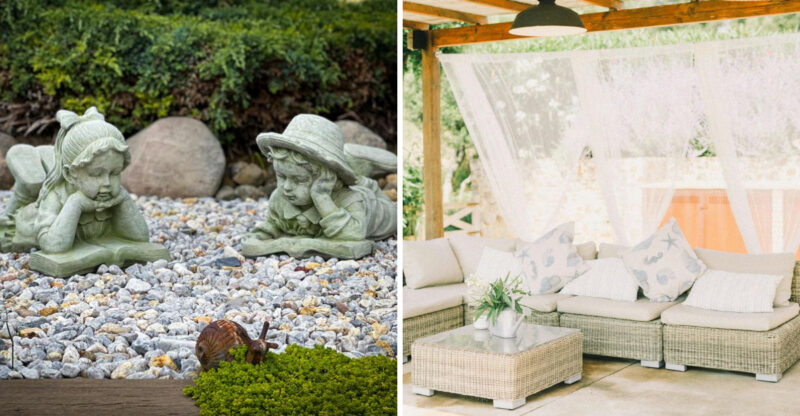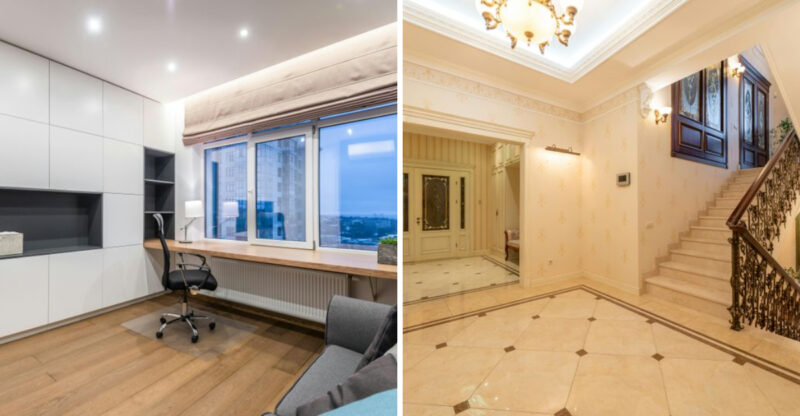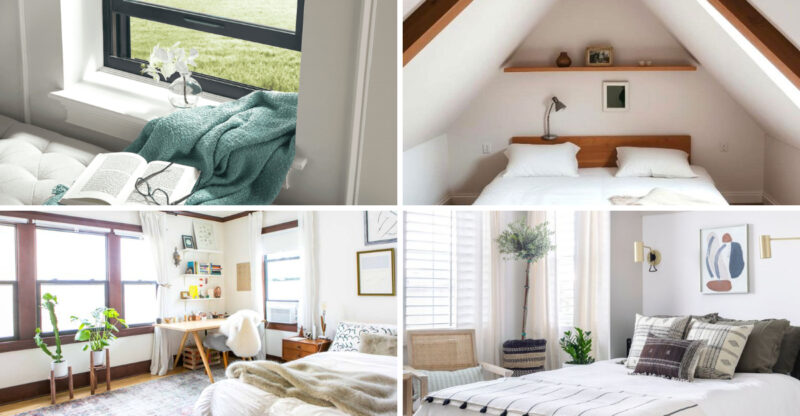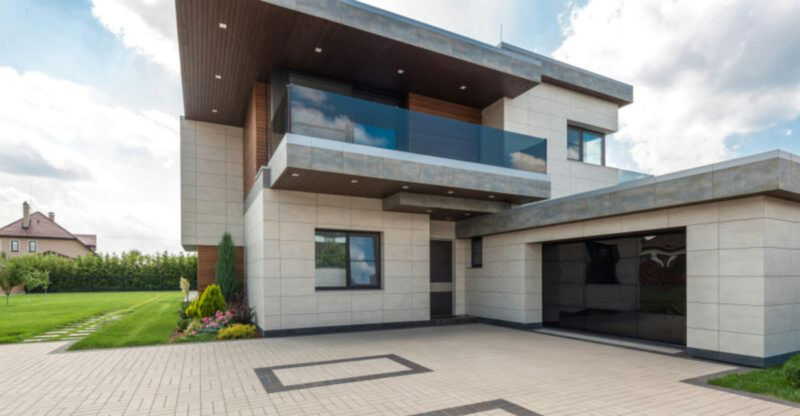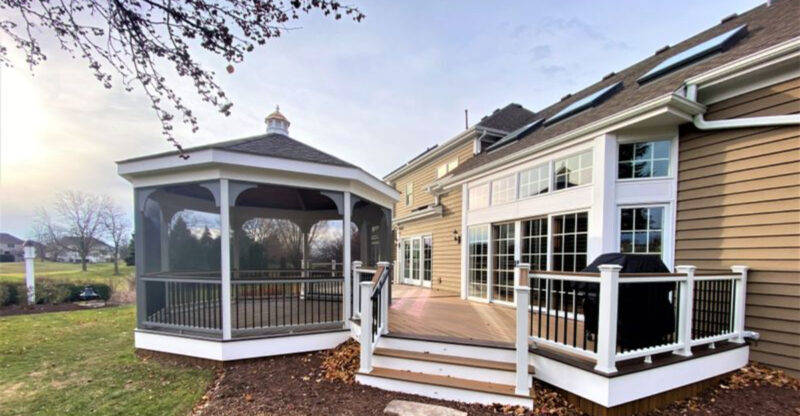Common Decorating Mistakes That Can Cost You
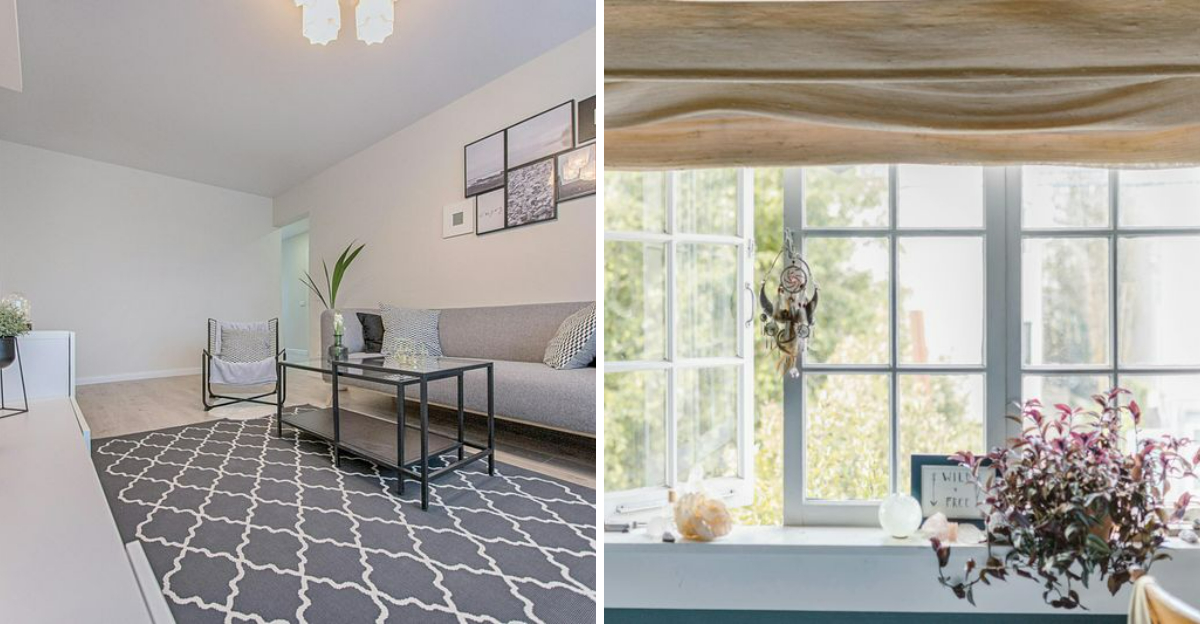
Transforming your living space can be exciting, but certain decorating missteps might drain your wallet faster than you’d expect. Making smart choices about your home’s design isn’t just about looking good – it’s about protecting your investment too. Let’s explore some common decorating blunders that could hit your bank account harder than necessary.
The suggestions in this article are meant for general guidance and inspiration. Costs and results may vary depending on your home, materials, and personal choices, so plan accordingly.
1. Impulse Buying Without Measuring
That gorgeous sectional caught your eye, but will it actually fit through your doorway? Buying furniture without taking proper measurements first leads to expensive returns, delivery fees, or worse, being stuck with pieces that don’t fit your space.
Professional movers charge extra when they have to disassemble furniture or remove doors to squeeze in oversized items. Always measure your space, doorways, and stairwells before purchasing bulky furniture pieces.
2. Skimping on Lighting Design
Relying solely on overhead lighting creates harsh shadows and unflattering spaces. Poor lighting makes rooms feel smaller, less inviting, and can even cause eye strain and headaches.
Creating proper lighting requires layering different sources, ambient, task, and accent lighting. While quality fixtures might cost more upfront, they prevent costly room redesigns when you realize your space feels uncomfortable. Plus, energy-efficient options save money long-term on utility bills.
3. Hanging Artwork at Random Heights
Art displayed at improper heights creates visual chaos and can damage your walls with multiple nail holes. When pictures hang too high, they disconnect from furniture below, making spaces feel unbalanced and awkward.
Gallery owners follow the rule of hanging art at eye level (57-60 inches from the floor to the center). Each time you reposition artwork, you’ll need to patch, sand, and repaint wall holes—expenses that add up quickly, especially with designer paint colors or wallpaper repairs.
4. Buying Low-Quality Area Rugs
Bargain rugs might seem like a deal until they start shedding, fading, or falling apart after minimal foot traffic. Cheap materials often require frequent replacements, costing more in the long run than investing in quality.
Quality rugs also protect expensive flooring underneath from scratches and wear. Consider wool blends for high-traffic areas, they resist stains, maintain appearance longer, and often last decades rather than seasons. The initial investment pays dividends through longevity and sustained aesthetic appeal.
5. Neglecting Window Treatment Measurements
Ready-made curtains rarely fit perfectly, creating awkward gaps or puddles of fabric. Custom window treatments cost more upfront but prevent the expense of replacing ill-fitting options multiple times.
Properly sized curtains also improve energy efficiency by reducing drafts and blocking summer heat. Many homeowners don’t realize their heating and cooling bills increase significantly due to poorly fitted window coverings. Professional installation ensures brackets are secured correctly, preventing wall damage from falling hardware.


